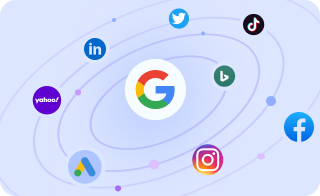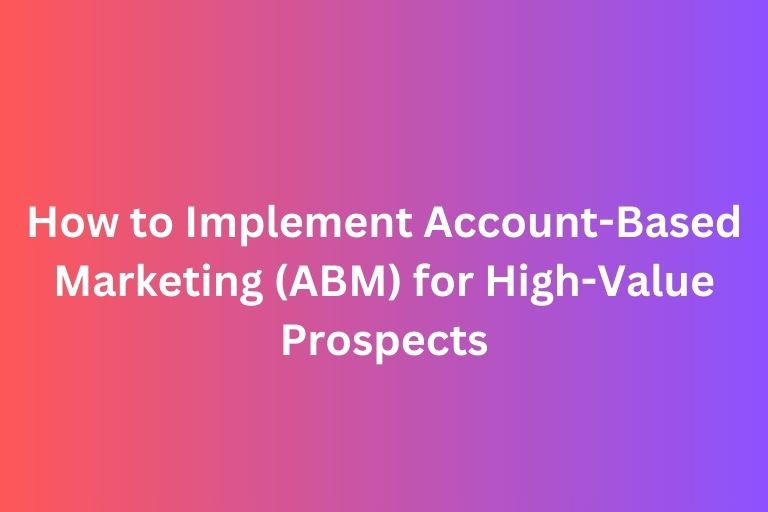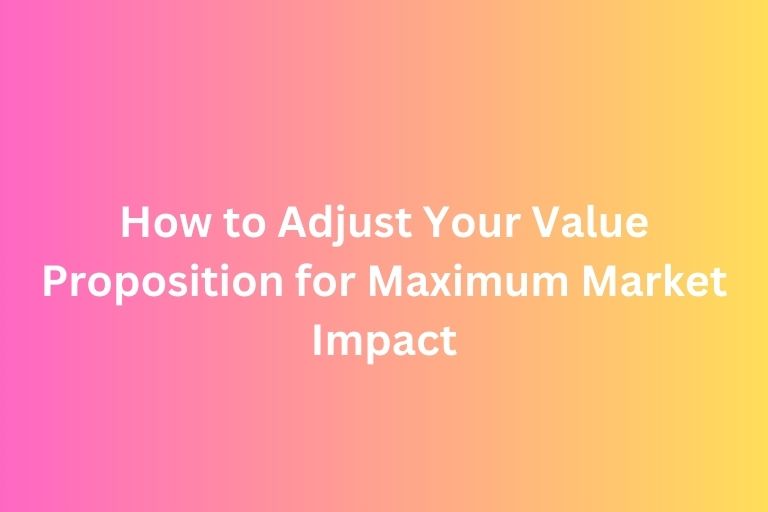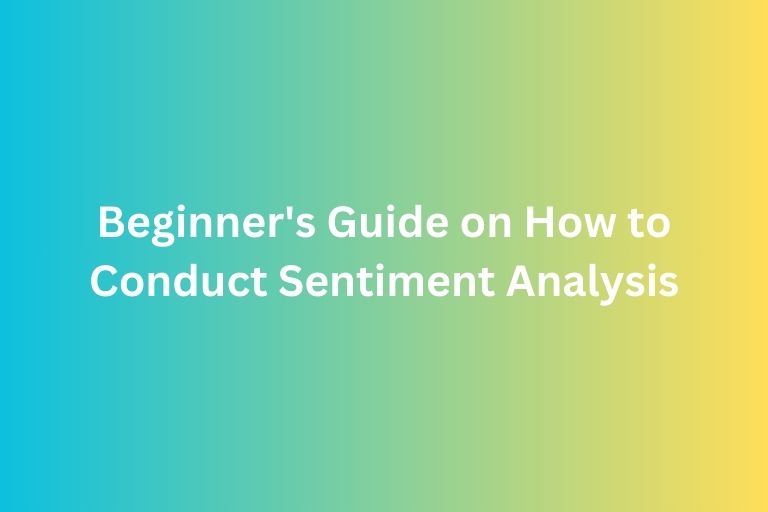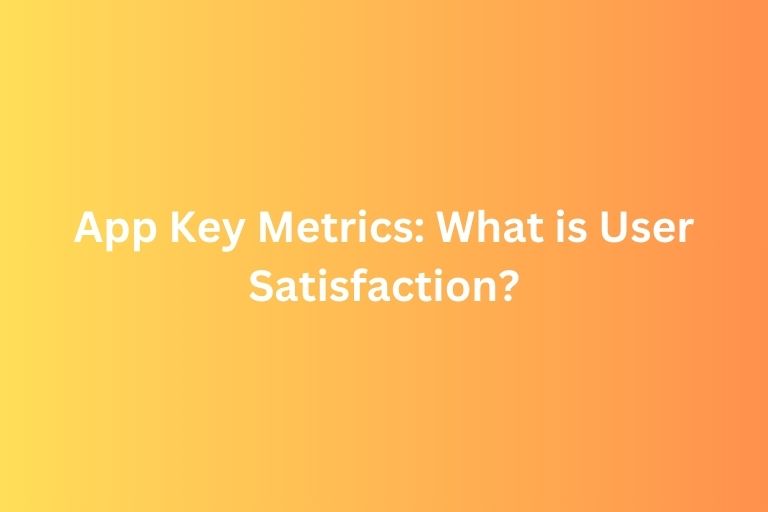If you’ve ever bought something because you were afraid it might sell out or the deal might expire, you’ve likely fallen victim to what’s known as urgency-based marketing. It’s the art of creating a sense of urgency that pushes people to take action quickly. But what exactly is it, and why does it work so well?
In this blog, we’ll break down the concept of urgency-based marketing (also called scarcity marketing or FOMO marketing) and show you how businesses use this strategy to increase sales.
What is Urgency-Based Marketing?
Urgency-based marketing is a strategy that encourages customers to act quickly by creating a feeling of urgency. This could mean a limited-time offer, low stock levels, or a special deal that’s available for only a short period. The goal is to make people think, “If I don’t buy now, I might miss out on something important.”
This type of marketing works because it plays on the natural human fear of missing out, also known as FOMO (fear of missing out). The idea is simple: when people believe that an opportunity is running out, they are more likely to make a quick decision and purchase something.
Why Does It Work?
Humans are wired to react to scarcity and urgency. When something is limited, it becomes more valuable in our minds. This is because we’re afraid of losing the chance to get it. The pressure to act quickly can make us feel like we need to make a decision now before it’s too late.
There are a couple of reasons why urgency-based marketing works:
- Fear of Missing Out (FOMO): When we think we might lose the opportunity, we rush to act before it’s gone.
- Perceived Value: Scarcity increases the perceived value of a product. The idea of “only a few left” makes the product seem more desirable, even if we didn’t plan on buying it in the first place.
Common Techniques Used in Urgency-Based Marketing
Businesses use several strategies to create urgency and encourage quick decisions. Here are a few common tactics you might recognize:
1. Limited-Time Offers
One of the simplest ways to create urgency is by offering a discount or special deal for a limited time. For example, you might see a promotion like, “24-hour flash sale—50% off all shoes!” The clock is ticking, so you feel like you need to act before the sale is gone.
- "Flash Sale: 50% off all shoes, ends in 24 hours!"
- "Weekend-only special: Buy one, get one free!"
- "Hurry! 30% off for the next 48 hours only!"
2. Limited Availability
Another tactic is to tell customers that only a few items are left in stock. When you see a message like, “Only 3 left in stock,” it triggers the fear that if you don’t buy now, the product might sell out. This scarcity makes the product seem more valuable.
- "Only 3 left in stock—order now!"
- "Limited edition: Only 10 pieces available!"
- "Almost gone: Only a few left, don’t miss out!"
3. Countdown Timers
Have you ever visited a website and seen a countdown clock ticking down to the end of a sale? These timers are a visual cue that the deal is ending soon, making you feel like you need to hurry. For example, you might see, “Hurry! Offer ends in 2 hours,” which pushes you to act fast.
- "Offer ends in 2 hours! Grab it before it’s gone!"
- "Last chance: Sale ends in 30 minutes!"
- "Hurry, the deal ends in just 5 minutes!"
4. Exclusive Deals
Sometimes businesses create urgency by offering exclusive deals that are only available to a specific group of customers. You might get a special offer if you sign up for a newsletter, join a membership program, or make a purchase within a certain time. These deals feel exclusive, which makes them more appealing.
- "Exclusive deal for members: Get 20% off today only!"
- "Sign up for our newsletter and unlock a special 48-hour discount!"
- "VIP access: Early bird discounts only available to subscribers!"
The Goal of Urgency-Based Marketing
The goal of urgency-based marketing is simple: to make people act fast. By creating a sense of urgency, businesses encourage customers to make decisions quickly. It’s not just about pushing people to buy, but about pushing them to buy now. This can lead to higher sales, more conversions, and a feeling of excitement or exclusivity for the customer.
Why It’s Effective for Businesses
Urgency-based marketing works because it taps into our emotions and instincts. People don’t want to miss out on something they might regret later. The fear of losing an opportunity can override the usual hesitation to make a purchase. When we see a time-limited offer or a product that’s almost sold out, we’re more likely to act right away rather than risk missing out.
For businesses, this strategy can lead to:
- Increased sales: People are more likely to buy when they feel like they have to act quickly.
- Higher conversion rates: Urgency can turn a casual browser into a paying customer.
- Better customer engagement: Customers who feel like they’ve gotten a great deal are more likely to return for future offers.
Using Urgency-Based Marketing Responsibly
While urgency-based marketing can be a powerful tool, businesses should use it responsibly. False urgency tactics, like pretending that products are in short supply when they’re not, can damage customer trust. It’s important to be honest about availability and time limits.
Also, urgency should always be paired with real value. The product or offer should be something the customer wants and needs, not just a random deal to make them act quickly.
Conclusion
Urgency-based marketing is a clever strategy that taps into the psychological triggers of scarcity and fear of missing out to encourage quick decisions and boost sales. By using techniques like limited-time offers, countdown timers, and exclusive deals, businesses can create a sense of urgency that pushes consumers to act before it’s too late.
As a consumer, it’s important to be aware of these tactics so you can make informed decisions. But as a business owner, you can use urgency marketing to connect with your audience, drive sales, and build a sense of excitement around your offers.
Ultimately, urgency-based marketing is about making your customers feel like they need to act now, whether it’s to save money, secure a limited product, or simply be part of an exclusive deal. And, when done right, it benefits both businesses and customers alike.
Boost Your Business with Professional Paid Advertising Services from FoxAdvert! Contact Us Today to Get Started!


